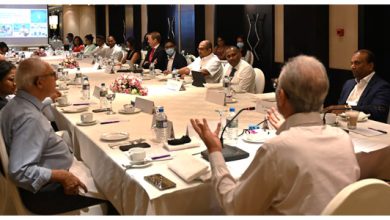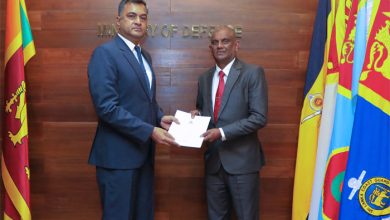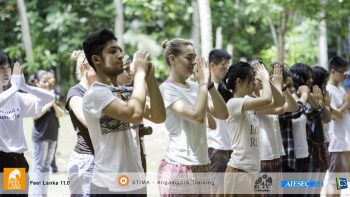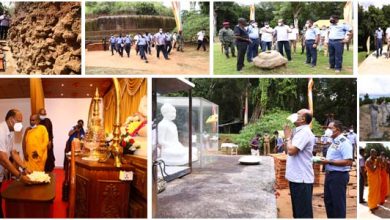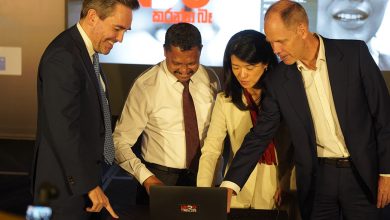Osteoarthritis and Ayurveda
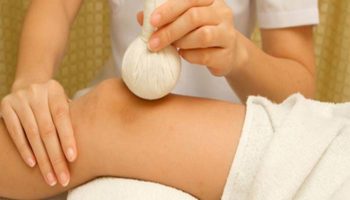
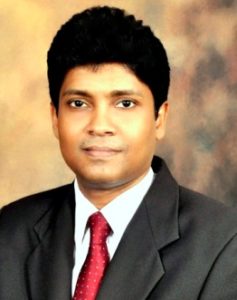
Senior Lecturer | Department of Ayurveda Pharmacologyand Pharmaceutics | Institute of Indigenous Medicine, University of Colombo, Rajagiriya, Sri Lanka | Consultant Physician at National Ayurveda Teaching Hospital, Sri Lanka | Visiting Professor in Pharmacology ( mobile: +940716419072)
According to Ayurveda, osteoarthritis and related conditions constitute one of the Vata Vyadi (related to the Vata Dosha) and it is not easy to predict future outcomes. It has higher incidence in South Asian countries. Osteoarthritis is a multi-factorial, degenerative joint disorder that is typically associated with the break down and eventual loss of the cartilage of one or more joints. It is the commonest form of articular disorder. It is mainly occurs in old age due to diminished power, which limits everyday activities such as walking, dressing, bathing etc., making the patient disabled or handicapped. Before age 45, osteoarthritis occurs more frequently in males. After 50 years of age it occurs more frequently in females.
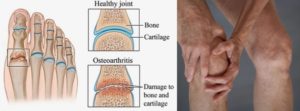
How osteoarthritis occur according to Ayurveda
The three humors mentioned in Ayurvedic classics are Vata, Pitta and Kapha. Any act that is not adjuvant to the time, physical body, strength and season can bring about any ailment. Osteoarthritis is essentially a Vata disorder, with the involvement of Pitta and KaphaDoshas. Vata has dryness and lightness as attributes and the Doshasic vitiation leads to imbalance of the Kapha Dosha depleting the synovial fluid that provides cushion and lubrication to the joints. This depletion leads to osteoarthritis where the cartilage in the joints wears away causing friction, causing pain and limited joint mobility. This affects the large weight-bearing joints, like the hips and knees.According to Ayurveda, pain is the cardinal feature of the disease associated with edema of joints with lack of movements of the joints or painful movement of the joints. The most common symptom of is pain in the affected joint(s) after repetitive use. Joint pain is usually worsens later in the day. There can be swelling, warmth, and creaking of the affected joints. Pain and stiffness of the joints can also occur after long periods of inactivity. In severe cases, complete loss of the cartilage cushion causes friction between bones, causing pain even while resting or with limited motion.
Symptoms vary greatly from patient to patient. Some patients can be debilitated. On the other hand, others may have remarkably few symptoms in spite of dramatic degeneration of the joints apparent on X-rays. Symptoms also can be intermittent. It is not unusual for patients of the finger joints of the hands and knees to have years of pain-free intervals between symptoms. Osteoarthritis of the knees is often associated with excess upper body weight, with obesity, or a history of repeated injury and/or joint surgery. People with osteoarthritis of the weight-bearing joints can develop a limp. The limping can worsen as more cartilage degenerates. Osteoarthritis of the cervical spine or lumbar spine causes pain in the neck or lower back. Bony spurs, called osteophytes, that form along the arthritic spine can irritate spinal nerves, causing severe pain that can radiate from the spine as well as numbness and tingling of the affected parts of the body. It causes the formation of hard, bony enlargements of the small joints of the fingers.
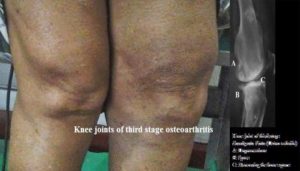
Management of Osteoarthritis
Treatment is always worked out in Ayurveda on the basis of underlying cause and clinical manifestations. The following is the treatment plans for osteoarthritis according to disease stage.
Massaging with medicated oils: Locally application of medicated oil followed by gentle massage
Fomentation: Hot fomentation with steam of ordinary water or medicated decoction or by Potali
Purgation therapy: It is a type of purgation which is induced by oral intake or herbal compound preparations. By the process of purgation, the Ama (toxins) is eliminated from the body. Also the bowel is cleansed, which results in proper absorption and assimilation of the medicinal preparations properly.
Enema therapy: This is done by administration of herbal enema. It is helpful in chronic cases. According to the patient’s requirement different enemas are used.
Kati enema: Oil filling method in lumbosacral region
Alepana: special preparations for apply externally to the affected joint.
Ayurvedic drugs: Those that reduce the vitiated Vata can be used. The main herbs used are Eranda, Araththa, Sahacara, Bala, Venivel and Shallaki, among others. The main internal herbal preparations used are in Quatha (decoctions), DaluAnupana (juices made from herbs) Churna, Vati (Tablets) and Ghritha (Medicated Ghee) form.
Diet and Exercises
- Eat a lot of vegetables that have potent antioxidants capacity like carrot, pumpkins, papaya, horse grams, onions, garlic, ginger, green gram, pomegranate, avocado, and soya. Also, freshly cooked foods, hot soups of lentils, pulse, a moderate quantity of ghee and oils that lubricates the joints should be there in the regular diet.
- Work on a weight reduction.
- Do some exercises such as Yoga, physiotherapy, meditation, and tai chi, a Chinese form of exercise, also helps in the disease.
- Take adequate rest.
Dont’s
- Expose to cold atmosphere and intake of cold drinks and diets
- Continuous exposure to strenuous exercises
- Suppress natural urges


